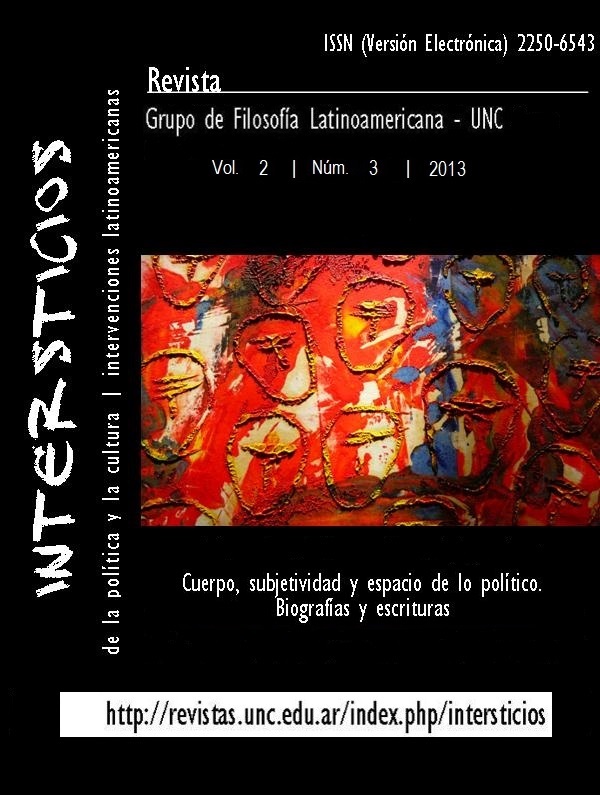CORPORALIDAD Y GUERRA (CIVIL)
Abstract
Resumen
Las actuales condiciones del mundo, han sumergido a la población en un escenario de guerra. Esta guerra trastoca las formas convencionales de las estrategias militares y coloca a la población civil como parte y objetivo de los combates. En todo ello, la biopolítica y las formas de vida encarnadas en corporalidades específicas juegan un papel fundamental. El texto discute acerca de la categoría guerra y de la noción de biopolítica como elementos fundamentales para entender las formas de vida actuales y la guerra (civil) que ello ha desatado.
Palabras clave: Guerra civil, forma de vida, biopolítica, cuerpo y corporalidad
Summary
World current conditions have immersed the population on a war stage. This war has changed the conventional forms of military strategies and has set the civil population as part and objective of combats. In all of this, the bio-politics and the life forms embodied on a specific corporeality, play a fundamental role. This text discusses the category of war and the notion of bio-politics as key elements, to understand the actual life forms and the (civil) war which have been developed.
Key words: civil war, life form, bio-politics, body and corporeality
Downloads
Downloads
Published
Issue
Section
License
Authors who have publications with this journal agree to the following terms:
a. Authors will retain their copyright and grant the journal the right of first publication of their work, which will simultaneously be subject to the Creative Commons Attribution License that allows third parties to share the work as long as its author and first publication in this journal are indicated.
b. Authors may adopt other non-exclusive license agreements for distribution of the published version of the work (e.g., deposit it in an institutional telematic archive or publish it in a monographic volume) as long as the initial publication in this journal is indicated.
c. Authors are allowed and encouraged to disseminate their work through the Internet (e.g., in institutional telematic archives or on their web page) after the publication process, which may produce interesting exchanges and increase citations of the published work (see The effect of open access).


